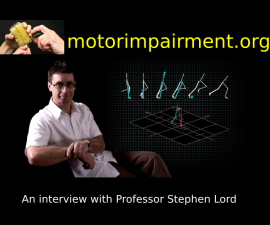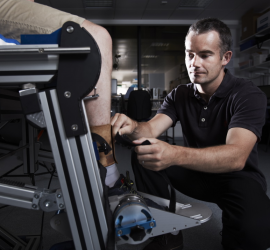Muscle: a novel way to study its structure
Diffusion tensor magnetic resonance imaging (DT-MRI) is a novel technique used to study muscle architecture, and is currently being used for NeuRA’s motor impairment research. In his review paper, Damon et al. [1] comprehensively describes the details of the technique. In this blog, we cover some key elements to this […]










